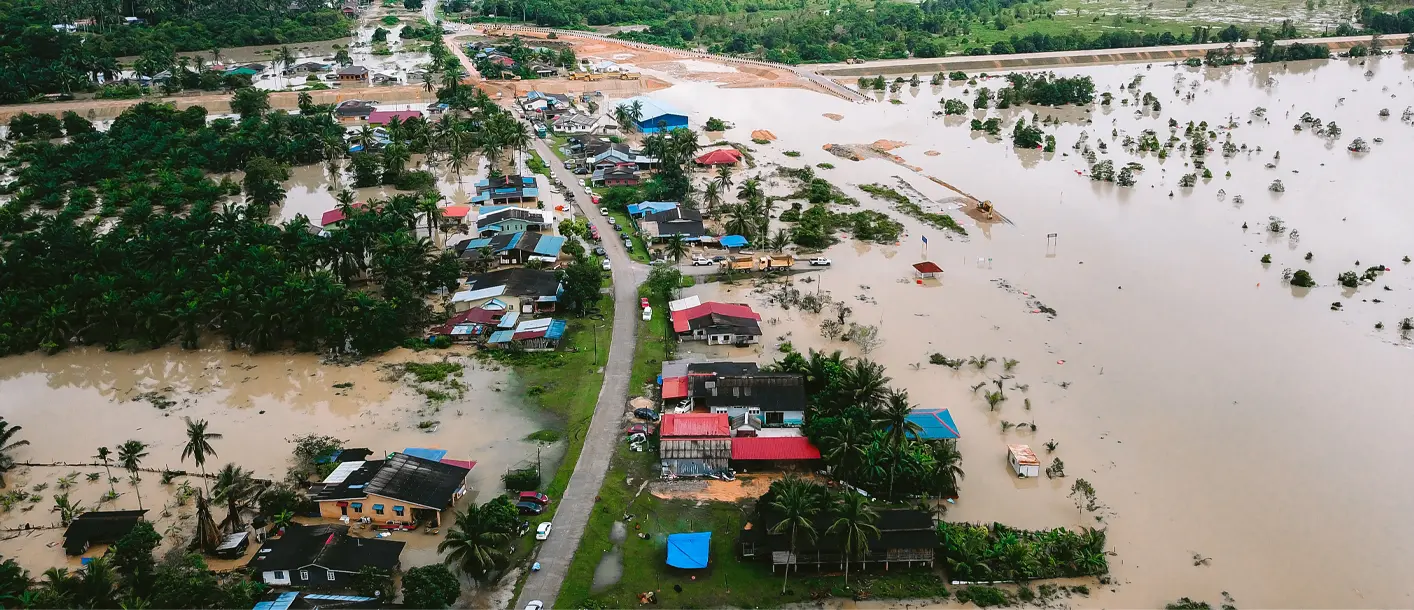Myths and Realities of Natural Disasters
There are many myths about natural disasters that are assumed to be true.
There are many myths about natural disasters that are assumed to be true.

There are many myths about natural disasters that are assumed to be true. There are fictional tales that continue to be passed down from generation to generation as part of stories and statements believed to be fact. There are many false beliefs that are literally unquestioned by the people that believe in them. Believing untrue statements about natural disasters can be life threatening to you and your family, especially if you act on those myths as being true. There are other myths that may not cause harm and are not life threatening, but still could prolong or add more insult to injury. Some myths are simple misinformation and others are just not thought about actions that need to be looked into and better researched.
Reality, Information, & Solution: Standing in the doorway during an earthquake could put your life in danger. This advice was once suggested because there were reports of people from Turkey and other neighboring countries stating that the door frames were left standing when the rest of the houses collapsed during an earthquake. The reality is that the door frame remained because the homes were made of mud and other very weak natural materials and the door frame were constructed out of wood. The solution and safest idea is to get under a table and cover your head.
Reality, Information, & Solution: This common misconception has been around for years and has also been applied to tornado preparation. The myth is that opening your windows will equalize the pressure in your house, preventing your windows from exploding. However, this is very untrue. Opening your windows will only allow more wind and rain into your house, making the structure weaker. Even more so, leaving your windows open leaves the residents inside more exposed to flying debris.
Reality, Information, & Solution: It is never safe to drive across a flooded wash. Just two feet of water can cause a vehicle to float. In addition, there could be damage to the roadway or debris hidden under the water that you cannot see..
Reality, Information & Solution: Epidemics do not occur suddenly after a disaster. The key to preventing disease is to improve sanitary conditions and educate the public.
Reality, Information & Solution: Drought, Hurricanes, and Floods can demolish our countries food supplies by ruining crops and delaying our shelves being restocked at our stores. Earthquakes do not threaten the food supplies, but can damage the roads and infrastructure, make transportation more difficult to get the food to you. There are relief agencies that provide help and continued assistance, but it’s up to you to trust FEMA and the government to get aid to you in time.
Reality, Information & Solution: Economically and emotionally, it costs far less to stay close to your home site than relocate far away from neighbors and neighborhoods. Family size tents are very popular requests from disaster relief agencies. However, these can cause overcrowding and then could spread disease. These agencies now find it a better use of funding to purchase building materials and tools. This way we can rebuild communities rather than aid in promoting a temporary solution that turns into a even larger problem.
Reality, Information & Solution: The first priority is to rescue and treat the victims. In most cases every community has the necessary people to rescue and save those victims that can be saved. The emergency medical attention is handled in their own communities. The reality is that local people come to the assistance of those affected locally. It does not matter where the disaster has taken place, the help and work is handled by the local people. The generosity of the international volunteer community is more useful if invested in preparedness activities prior to the disasters.
Reality, Information & Solution: International Assistance is supposed to offer and provide assistance; sadly this is not what happens. Most local community assistance programs have food and clothing taken care of and that is often what is sent over. Every gift that is sent over costs the country receiving it something: this includes shipping, receiving, or dumping. We need to make sure that we are sending what is needed for each specific disaster and for each community.
Reality, Information & Solution: The headlines may have faded, but the effects of the disaster are felt for years. Economic, environmental, and social impact sometime become long term disasters or permanent disasters in their own right.